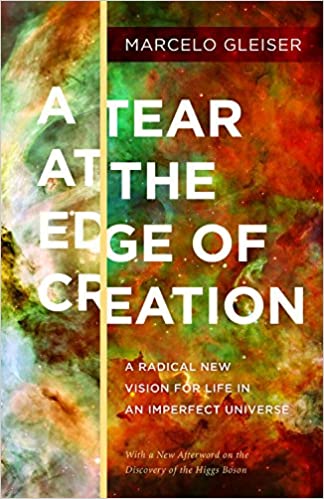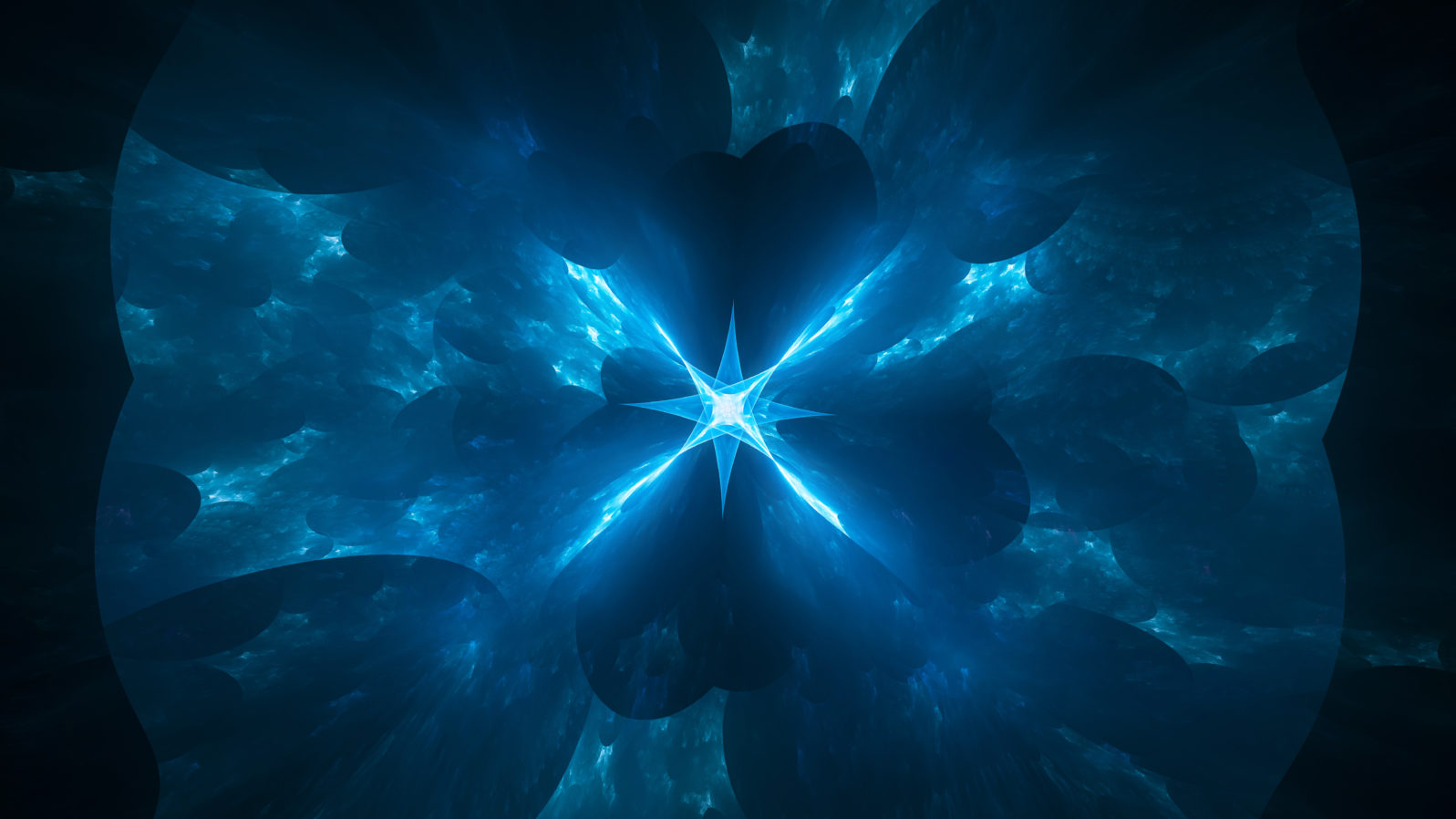A Physicist Defends Imperfection in Our Universe: It’s Essential
We owe our existence, says Marcelo Gleiser, to the fact that our universe is full of lopsided, not balanced, quantitiesPhilosopher and physicist Marcelo Gleiser, author of A tear at the edge of creation (2013), sees lack of symmetry — lopsidedness — as essential to the nature of our universe:

We left-handed people are a minority among humans, roughly a 1:10 ratio. But make no mistake: the Universe loves left-handedness, from subatomic particles to life itself. In fact, without this fundamental asymmetry in Nature, the Universe would be a very different place — bland, mostly filled with radiation, and without stars, planets, or life. Still, there is a prevalent aesthetic in the physical sciences that pushes for mathematical perfection — expressed as symmetry — as the blueprint for Nature. And, as is often the case, we get lost in a falsely fabricated duality of having to choose camps: are you for “all is symmetry” or are you an imperfection iconoclast?
Marcelo Gleiser, “Symmetry is beautiful, but asymmetry is why the Universe and life exist” at Big Think (February 9, 2022)
Gleiser reminds us that the great French physicist Paul Dirac, an ardent devotee of symmetry, used it to predict the existence of antimatter, “the fact that every particle of matter (like electrons and quarks) has a companion anti-particle.”
The problem is, an expectation that the universe will be symmetrical and thus Platonically perfect, is very often disappointed:

The laws that dictate the behavior of the fundamental particles of Nature predict that matter and anti-matter should be equally abundant, that is, that they should appear in a 1:1 ratio. For each electron, one positron. However, if this perfect symmetry prevailed, fractions of a second after the Big Bang, matter and antimatter should have annihilated into radiation (mostly photons). But that’s not what happened. About one in a billion (roughly) particles of matter survived as an excess. And that’s good, because everything that we see in the Universe — the galaxies and their stars, the planets and their moons, life on Earth, every kind of matter clump, living and nonliving — came from this tiny excess, this fundamental asymmetry between matter and antimatter.
Marcelo Gleiser, “Symmetry is beautiful, but asymmetry is why the Universe and life exist” at Big Think (February 9, 2022)
It’s a fundamental question, Gleiser says, what created the asymmetry we experience — but we owe our existence to it.
Theoretical physicist Sabine Hossenfelder says something quite similar in her 2018 book Lost in Math: How Beauty Leads Physics Astray, “The belief in beauty has become so dogmatic that it now conflicts with scientific objectivity: observation has been unable to confirm mindboggling theories, like supersymmetry or grand unification, invented by physicists based on aesthetic criteria. Worse, these “too good to not be true” theories are actually untestable and they have left the field in a cul-de-sac. To escape, physicists must rethink their methods. Only by embracing reality as it is can science discover the truth.” (from the Publisher)
Much imperfection in life is rooted in the fact that all living things are mortal, constantly changing, and flowing through time. If we were immortal in this universe, we might also be immobile. We owe our existence to asymmetry and our ability to act, ultimately perhaps, to mortality.
You may also wish to read:
Physicist: Why extraterrestrials couldn’t look much like us. Except in films. They follow the same natural laws but conditions differ on each planet. Marcelo Gleiser explains, there is a “staggering diversity of worlds” out there and that diversity would shape life forms in many different ways
and
Physicist: Science, by nature, can’t have a theory of everything. Such a theory is a sort of religious quest that has united philosophers, theologians, and scientists, But is it possible? As Marcelo Gleiser puts it, “The very process of discovery leads to more unknowns.” And they may be smaller or larger than our current knowns.
